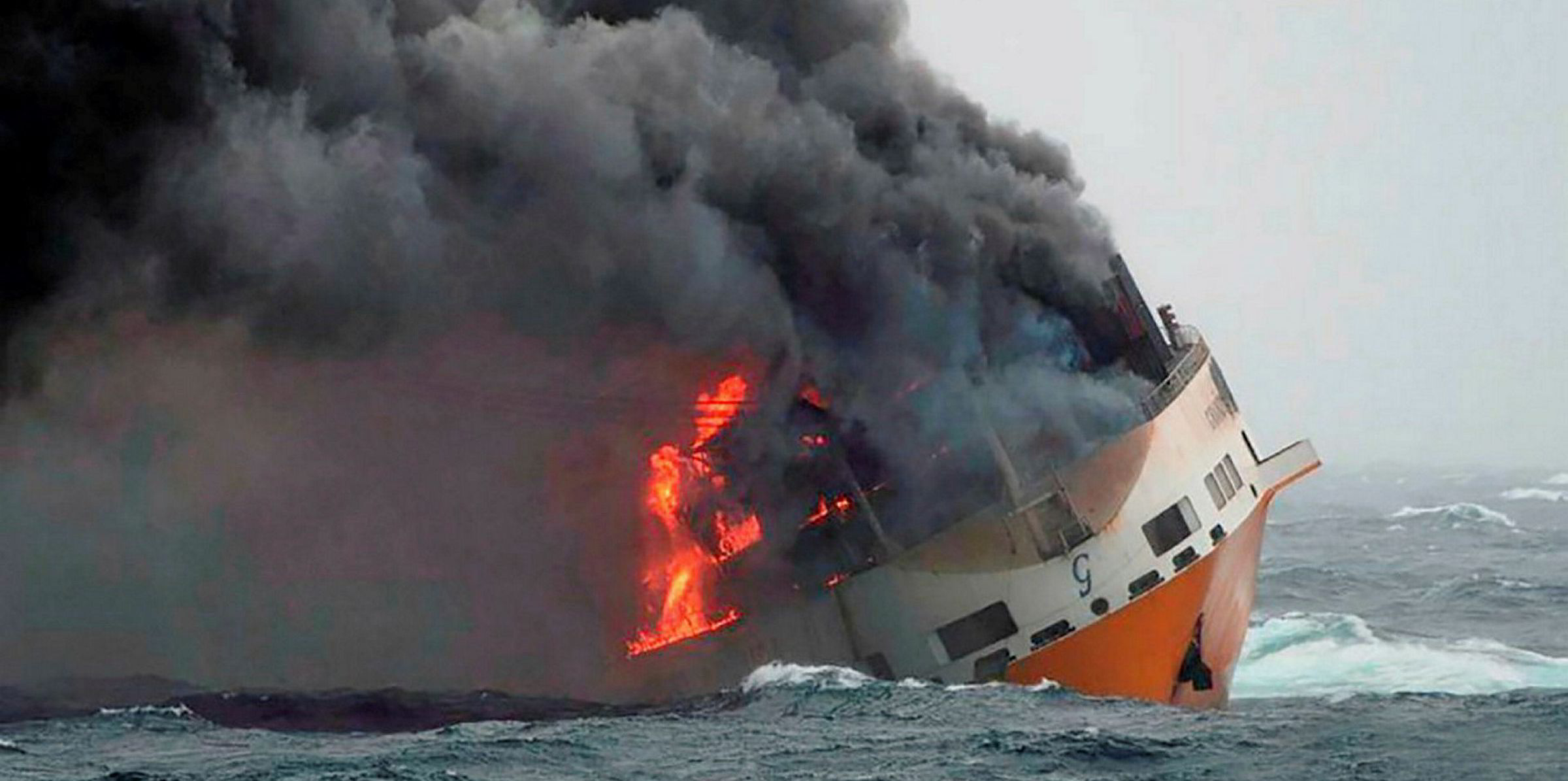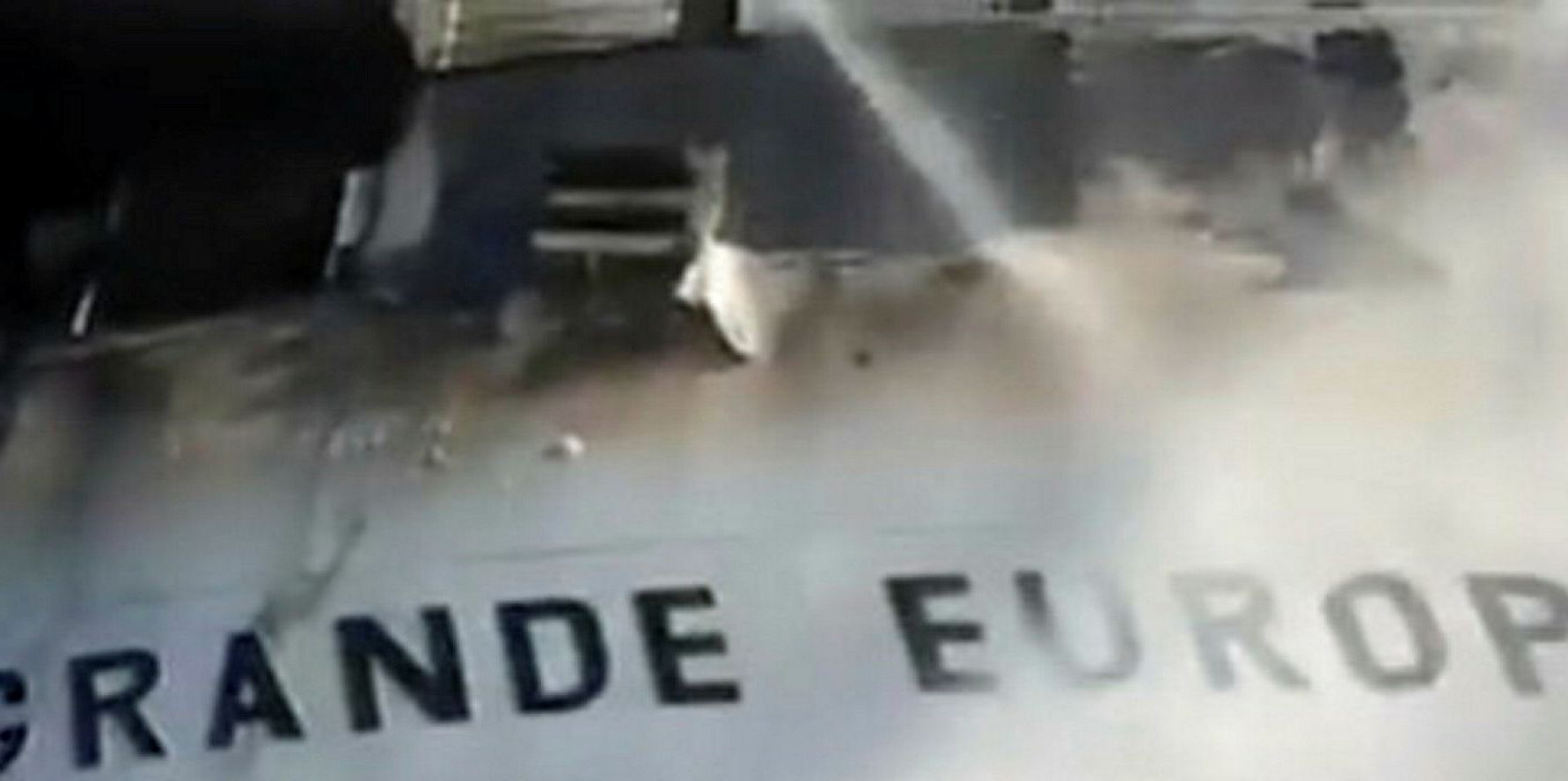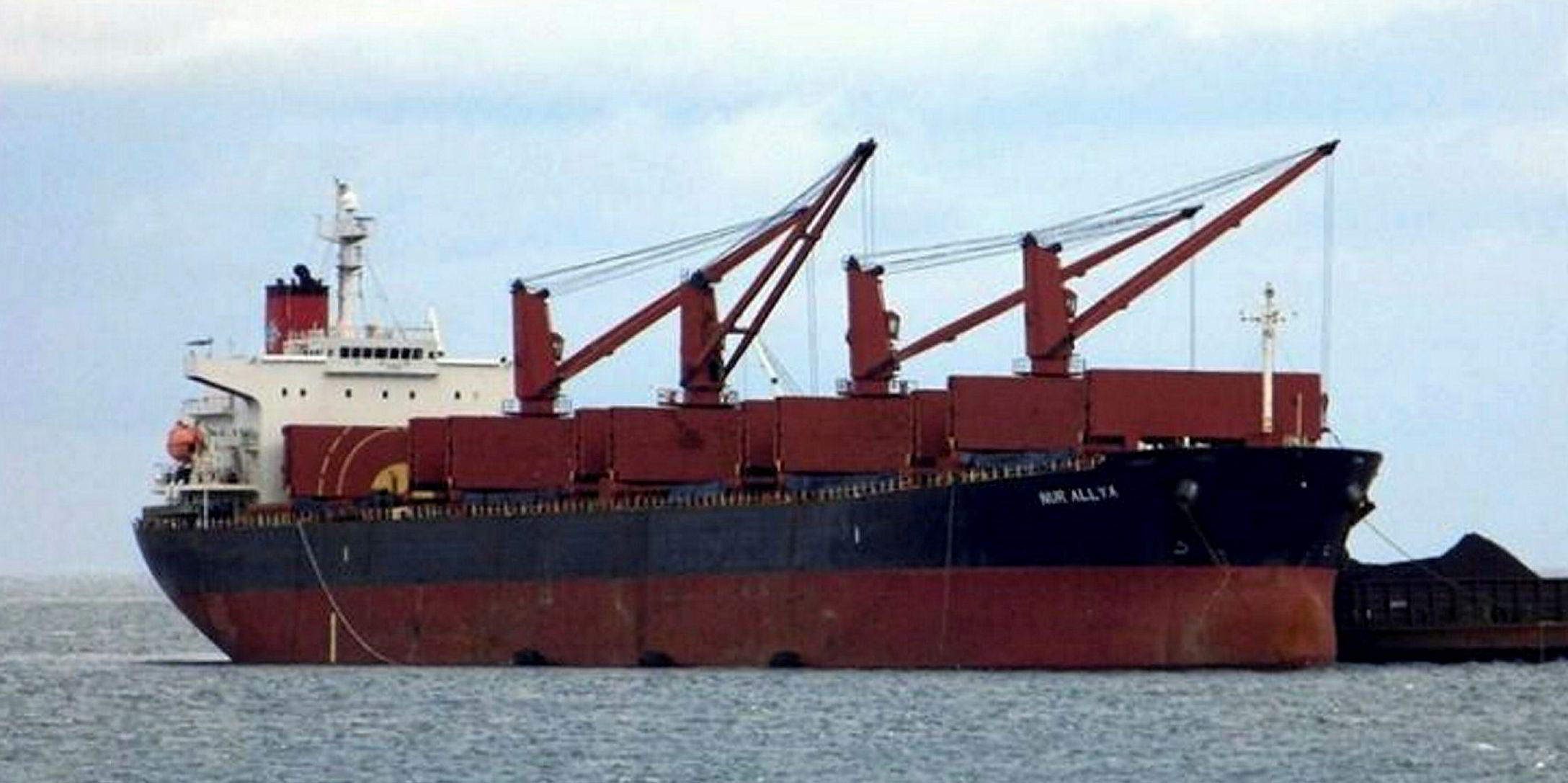When the International Group of P&I Clubs' pooled claims topped $300m last year, it was considered a sign that a three-year run of benign claims had come to an end.
And brokers expect the current policy year’s pooled claims to be even higher — in excess of $400m — as the claims costs of major casualties continue to rise.
But it is not just major casualties that have been inflating P&I claims costs in recent years.
Other factors include the increasing ship sizes, heightened environmental sensitivity, higher cargo values and a spate of fires on containership and car carriers.
P&I insurance covers all of a shipowner’s third-party liabilities, such as the cost of pollution, salvage response and wreck removal. But it can also extend to cargo loss where a shipowner is liable for an incident.
Pool claims for this year look like being particularly bad. This is due to the loss of the 7,700-ceu car carrier Golden Ray (built 2017) off the US port of Brunswick, for which total claims costs could exceed $200m — or about half of this year’s total.
Complicated wreck removal
The claims bill will likely include a complicated wreck removal job and a portion of the cargo loss. The casualty appears to have been caused by a cargo shift, or ballast water management issue, which would most likely be largely determined as a shipowner liability.
Other expensive pool claims include a fire on 57,000-gt ro-ro Grande America (built 1997) and the loss of the 52,400-dwt bulker Nur Allya (built 2002).
Most of the P&I insurers have cited increased pool claims as a reason for their poor underwriting performance.
P&I claims of more than $10m are shared between the 13 International Group member clubs in a pooling system.
The P&I club covering the owner has to pay the initial $10m as a retained risk.
Reinsurance cover
But many clubs cover a portion of that initial exposure in the reinsurance markets.
Amounts falling between $10m and $100m are shared between the International Group’s 13 members.
Any amount in excess of $30m and up to $100m is almost all met by the International Group’s own reinsurance outfit, Hydra, while those exceeding $100m move into the International Group’s reinsurance scheme — although few claims are high enough.
The group’s reinsurers renewed this year on the same rates as last year, despite a hardening reinsurance market.






